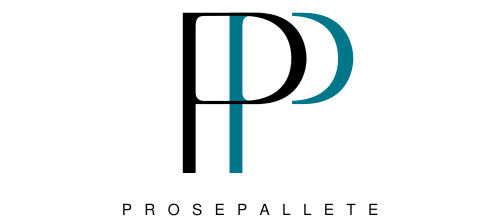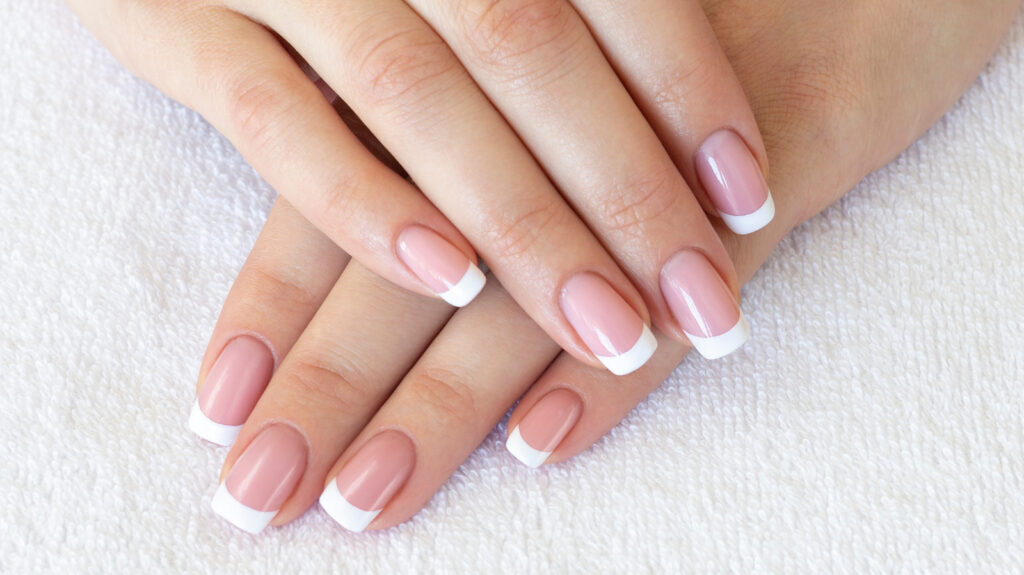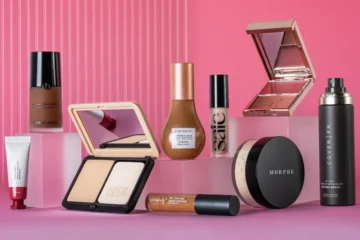Nail care is an essential aspect of personal grooming, reflecting both style and health. With a wide array of treatments available, it’s crucial to understand the benefits and drawbacks of each to make informed choices. In this blog, we’ll explore five popular nail treatments: classic manicures, gel nails, acrylic nails, dip powder nails, and nail art. Each treatment will be reviewed in detail, highlighting the pros and cons to help you decide which is best for your needs and preferences.
1. Classic Manicure
A classic manicure involves trimming, shaping, and polishing the nails. It typically includes cuticle care and hand massage, focusing on overall nail health and appearance.
Pros:
- Affordability: Classic manicures are usually the most cost-effective option compared to other nail treatments.
- Simplicity: This treatment is straightforward and involves fewer products and chemicals, making it a good choice for those who prefer minimalistic care.
- Nail Health: Regular manicures can help maintain healthy nails by addressing cuticle issues and preventing nail damage.
Cons:
- Short-Lasting: The polish used in classic manicures can chip or wear off relatively quickly, requiring frequent touch-ups or reapplications.
- Limited Durability: It may not provide the same durability as other treatments, particularly for individuals with busy or active lifestyles.
- No Extra Strength: Classic manicures don’t offer the strengthening benefits that some other treatments provide.
Tips for Classic Manicures:
- Use high-quality base and top coats to extend the life of your polish.
- Regularly moisturize your hands and cuticles to maintain nail health.
- Opt for nail-friendly, non-toxic polishes to reduce potential damage.
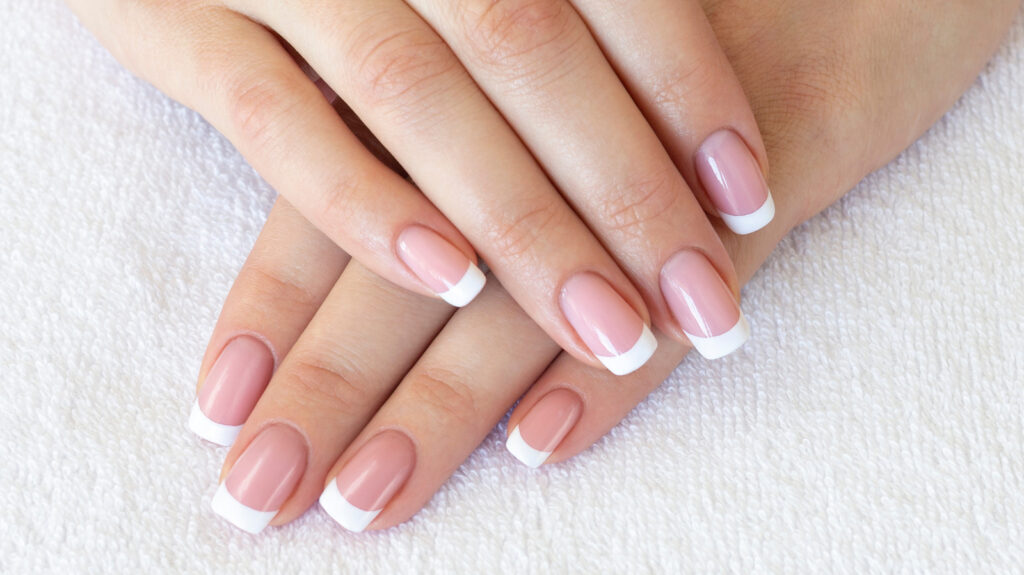
2. Gel Nails
Gel nails involve applying a gel polish that is cured under a UV or LED lamp. This treatment provides a glossy finish and extended wear time compared to traditional nail polish.
Pros:
- Long-Lasting: Gel nails can last up to two weeks without chipping or peeling, making them ideal for those who want a durable manicure.
- High Shine: Gel polish offers a glossy, vibrant finish that maintains its luster throughout its wear time.
- Quick Drying: The curing process under the lamp speeds up the drying time, allowing for immediate use of your hands after application.
Cons:
- Potential Damage: Prolonged use of gel nails can lead to weakened or damaged natural nails, particularly if they are not properly removed.
- Chemical Exposure: Gel polishes contain chemicals that may cause sensitivity or allergic reactions in some individuals.
- Removal Process: Gel nails require careful removal to avoid damage, often involving soaking in acetone, which can be drying to the nails and skin.
Tips for Gel Nails:
- Follow proper removal techniques to prevent damage to your natural nails.
- Give your nails a break between gel applications to allow them to recover.
- Use cuticle oil and hand cream to keep your nails and skin hydrated.
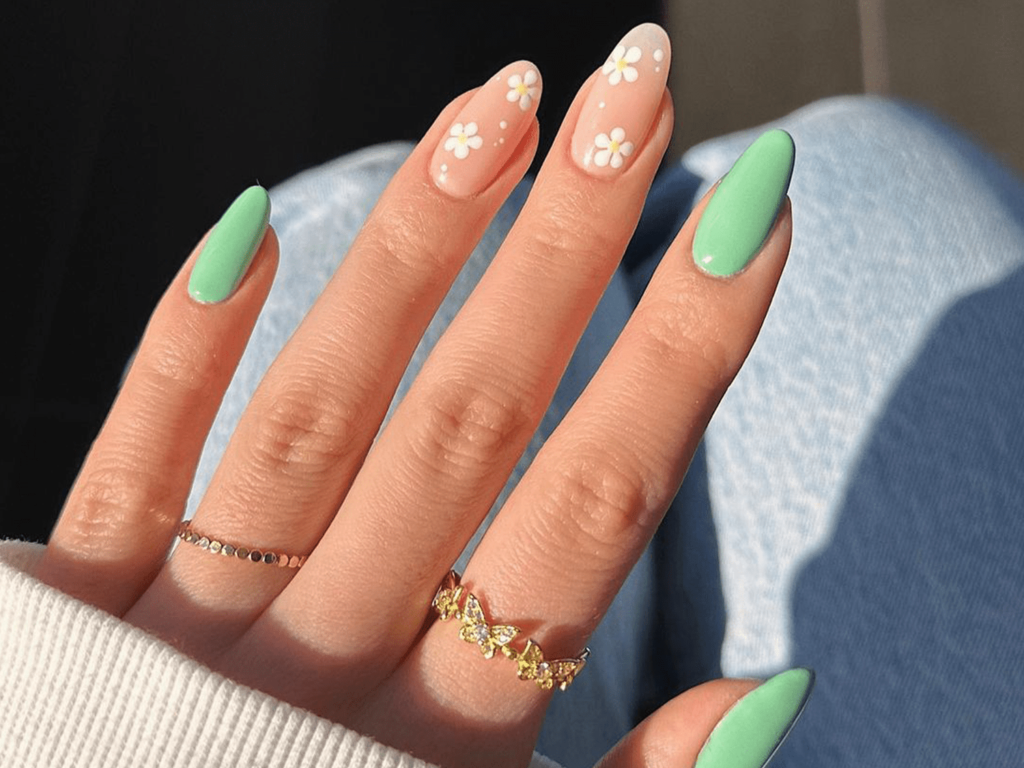
3. Acrylic Nails
Acrylic nails are created by applying a mixture of acrylic powder and liquid monomer to the natural nails or nail tips. This treatment adds length and strength to the nails.
Pros:
- Durability: Acrylic nails are known for their strength and durability, making them suitable for those with weak or brittle nails.
- Versatility: They can be customized in length, shape, and design, offering a wide range of aesthetic options.
- Instant Length: Acrylics provide an immediate solution for those looking to add length to their natural nails.
Cons:
- Damage Risk: Acrylics can cause damage to natural nails if not applied or removed properly. They may lead to thinning or lifting of the natural nails.
- Maintenance Required: Regular fills and upkeep are necessary to maintain the appearance and prevent issues such as lifting or infection.
- Chemical Exposure: The application and removal process involves exposure to strong chemicals, which may be irritating to some individuals.
Tips for Acrylic Nails:
- Ensure application and removal are performed by a skilled technician to minimize damage.
- Maintain proper nail hygiene and avoid using acrylics if you have pre-existing nail issues.
- Keep your acrylics clean and dry to prevent infections and damage.

4. Dip Powder Nails
Dip powder nails involve applying a colored powder to the nails that is set with a bonding solution. This method offers a durable finish with a glossy appearance.
Pros:
- Long-Lasting: Dip powder nails can last up to four weeks without chipping or peeling, providing a long-lasting solution.
- Strength: The powder creates a strong, durable layer that helps protect natural nails.
- Low Drying Time: The process doesn’t require UV or LED light, reducing the risk of UV exposure.
Cons:
- Potential Damage: Frequent use of dip powders can lead to weakened nails and damage if proper aftercare is not followed.
- Removal Process: The removal process typically involves soaking in acetone, which can be harsh on the nails and surrounding skin.
- Chemical Sensitivity: The bonding solutions and powders used may cause sensitivity or allergic reactions in some individuals.
Tips for Dip Powder Nails:
- Avoid overuse and allow your nails to recover between applications.
- Follow proper removal techniques to prevent damage to your natural nails.
- Keep your nails moisturized and use strengthening treatments as needed.
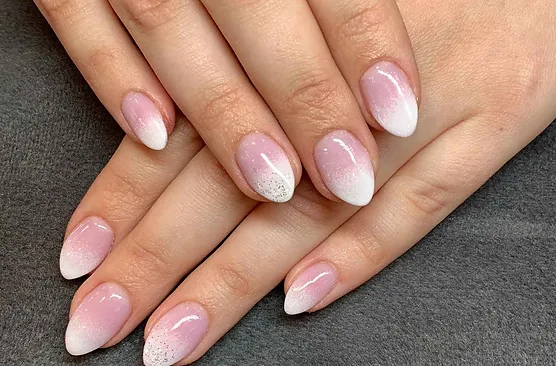
5. Nail Art
Nail art encompasses a wide range of decorative techniques applied to the nails, including painting, stamping, and embellishments. It allows for creative expression and personalized designs.
Pros:
- Creativity and Personalization: Nail art offers endless possibilities for self-expression, allowing you to customize your look with unique designs and colors.
- Variety: There are numerous techniques and tools available, from simple designs to intricate patterns and 3D embellishments.
- Trendiness: Nail art is a popular trend and can enhance your overall appearance, adding a stylish and fun element to your manicure.
Cons:
- Time-Consuming: Detailed nail art can be time-consuming to apply, requiring patience and precision.
- Maintenance: Intricate designs may require more frequent touch-ups and maintenance to keep them looking their best.
- Skill Level: Achieving professional-looking nail art may require practice or the assistance of a skilled technician.
Tips for Nail Art:
- Start with simple designs if you’re new to nail art and gradually progress to more complex patterns.
- Use high-quality nail art tools and products for the best results.
- Be patient and take your time to ensure your designs are applied neatly and accurately.
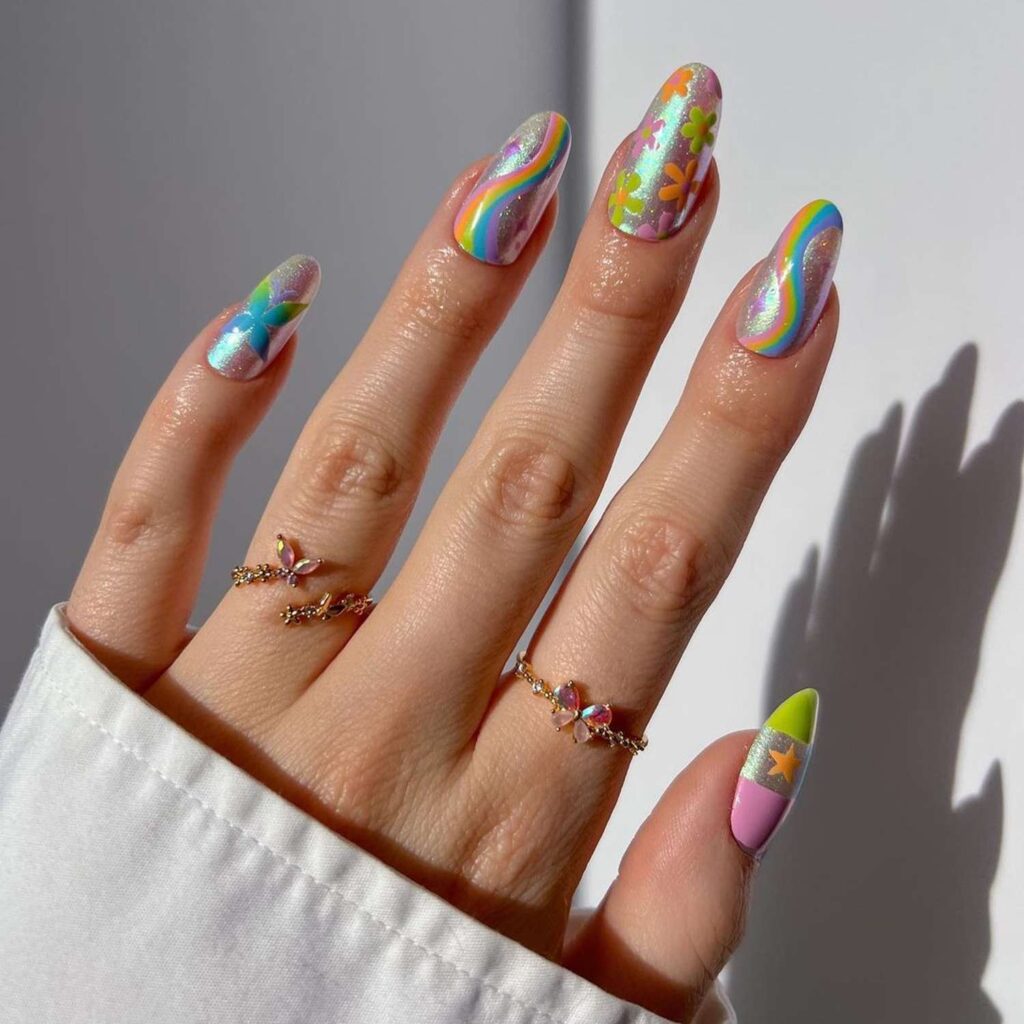
Conclusion
Exploring different nail treatments—from classic manicures to intricate nail art—offers a variety of benefits and considerations. Each treatment, whether it’s gel nails, acrylics, dip powders, or artistic designs, has its own set of pros and cons that cater to different preferences and needs. By understanding the attributes of each option, you can make informed decisions about your nail care routine, ensuring your nails look their best while maintaining their health and integrity. Whether you’re seeking durability, creativity, or simple elegance, there’s a nail treatment to suit every style and lifestyle.
